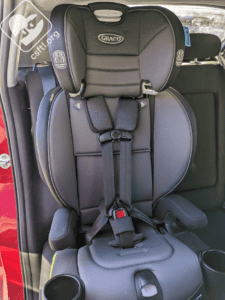Treasury Doom Trackers Watch the Office Key Cards
What You Need to Know
Officially, only about 16% of U.S. office space is empty.
Two Office of Financial Research analysts say key card swipe numbers show that the true occupancy rate is about 50%.
They suggest that employers will lose patience with paying for the unused space.
Two analysts who help the U.S. Treasury Department spot meltdown risk have started paying close attention to office card key swipe data from Kastle.
About 1.8 million workers use cards from Kastle to get into their offices. In March 2020, when efforts to control the COVID-19 pandemic emptied offices around the country, the Falls Church, Virginia-based building security company began estimating true U.S. office occupancy rates by looking at how often 300,000 Kastle cardholders in 10 U.S. cities really swipe their cards.
Officially, just 16% of U.S. office space is vacant, but the Kastle swipe reports show that workers are occupying only about 50% of the occupied space, according to Tom Doolittle and Arthur Fliegelman, financial analysts on the staff of the Treasury Department’s Office of Financial Research.
“Prior to the COVID-19 pandemic, office occupancy averaged close to 100%,” the analysts write in a discussion of office real estate stability indicators. “This means that on average, firms are paying rent for twice as much space as their employees are currently using.”
What It Means
Doolittle and Fliegelman contend that low office card swipe counts could be a challenge for U.S. financial system stability, as well as for clients who own office buildings and other office-related assets.
“If occupancy of existing office space remains low, current office tenants will probably renew their leases for less space — reducing office demand over time,” the analysts write.
In the past, the analysts say, weakness in commercial real estate has hurt U.S financial institutions by reducing the value of their commercial real estate investments.






